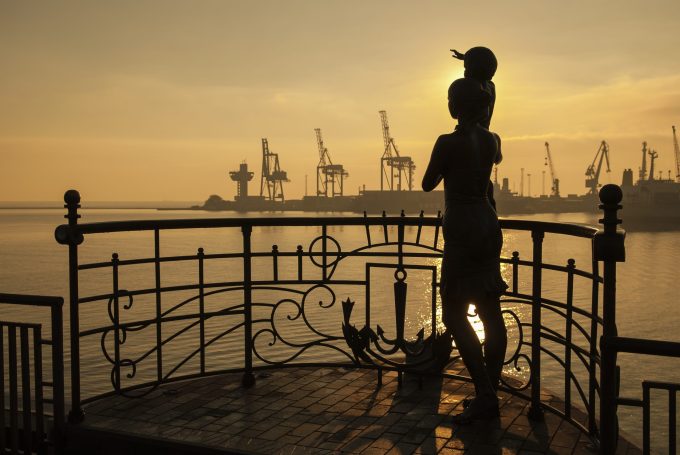SMM conference report: the future of shipping is how it deals with labour
The great and the good of the shipping industry recently congregated in Hamburg for the ...
BA: WIND OF CHANGEMAERSK: BULLISH CALLXPO: HEDGE FUNDS ENGINEF: CHOPPING BOARDWTC: NEW RECORDZIM: BALANCE SHEET IN CHECKZIM: SURGING TGT: INVENTORY WATCHTGT: BIG EARNINGS MISSWMT: GENERAL MERCHANDISEWMT: AUTOMATIONWMT: MARGINS AND INVENTORYWMT: ECOMM LOSSESWMT: ECOMM BOOMWMT: RESILIENCEWMT: INVENTORY WATCH
BA: WIND OF CHANGEMAERSK: BULLISH CALLXPO: HEDGE FUNDS ENGINEF: CHOPPING BOARDWTC: NEW RECORDZIM: BALANCE SHEET IN CHECKZIM: SURGING TGT: INVENTORY WATCHTGT: BIG EARNINGS MISSWMT: GENERAL MERCHANDISEWMT: AUTOMATIONWMT: MARGINS AND INVENTORYWMT: ECOMM LOSSESWMT: ECOMM BOOMWMT: RESILIENCEWMT: INVENTORY WATCH

Some 57 seafarers were recorded to have committed suicide over the past several years, making it the cause of more than one in ten crew fatalities, according to Gard data.
However, this may be an underestimate, the real number and proportion of suicides is almost certainly much higher.
“This is a worryingly high number, and we believe that the actual number could in fact be much higher due to under-reporting,” said Gard in its report.
It is by now widely understood that many crew suicides are disguised as workplace accidents, due to the structure of seafarer life insurance. Accidents on board yield payouts to the family of the deceased of about $150,000 – there is no life insurance payout in the event of a suicide.
Of the total causes of death, injuries claimed a higher percentage, of 15%, and of these, both deadly and otherwise, slips and trips were the most prevalent, at 38%. Falls from height (10%), getting caught in machinery (13%) and being hit by objects, including wires and lines (24%), were also prominent.
Surrounded by dangerous machinery, it is easy for a crew member to disguise suicide as an accident, or for fellow crew members to “close ranks” after the fact, according to a recent report by the UK Department for Transport.
“Allow for suicide to be an insured risk and the data would clarify itself very quickly,” commented one shipping manager in the report.
In figures hinting at the true extent of crew suicides at sea, Gard’s registered crew fatalities increased by more than 50% in 2021, compared with 2019.
A year when many seafarers were on extended contracts exceeding nine months, 2021 marked a peak in Gard’s recorded number of deaths from all causes. Extended crew contracts are also thought to be implicated in a number of ship casualties in 2021 and in the following year.
Quoted in an Allianz report that year, Capt Andrew Kinsey, senior marine risk consultant at AGCS, said: “With hundreds of thousands of crew members stuck onboard vessels or on extended contracts, I have serious concerns for the next generation of seafarers… many crews are fatigued and have been under immense strain from Covid-19 for over a year.”
Seafarer deaths from all causes have yet to return to pre-pandemic levels, however, Gard’s data shows. And there was encouraging news in Q1 this year, when the Mission to Seafarers’ happiness index (SHI) reached 6.94/10, a reversal of a drop seen throughout 2023, when it fell from 7.1 in Q1 to 6.36 in Q4.
The years since the pandemic have shown improvement in the SHI in general, from a low point of 5.99 in Q2 12.
The maritime industry still faces significant challenges in ensuring the safety and protection of seafarers from the operational hazards inherent in life at sea.
“As an industry, there is considerable work to be done to achieve the ideal state where seafarers are safe and shielded from these risks,” summed up Gard in its report.
Check out today’s News in Brief podcast
Comment on this article